How Does AirTag Work?

Apple’s AirTag has revolutionized the way we keep track of our personal items. Imagine rushing out of the house only to realize your keys are nowhere to be found. Instead of turning the place upside down, a quick check on your iPhone pinpoints their exact location beneath the couch cushions. These small, disc-shaped devices integrate seamlessly with Apple’s ecosystem, offering a sophisticated solution for locating misplaced belongings. This article delves into the intricacies of how AirTag works, exploring its technology, features, and the privacy measures that keep user data secure, providing a comprehensive understanding for both new and seasoned users.
What Is AirTag?
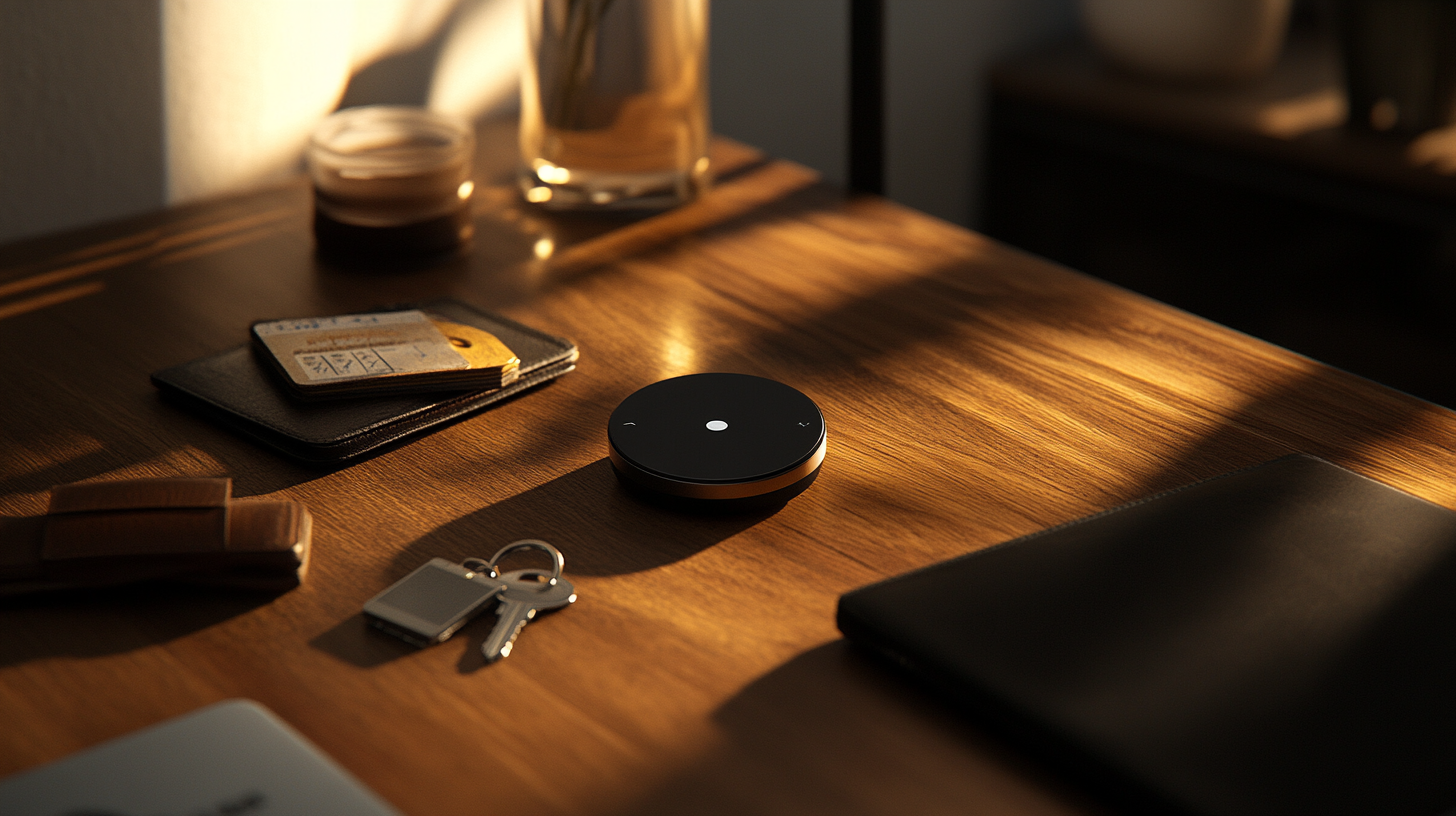
AirTag is a Bluetooth tracking device developed by Apple, designed to help users locate personal items such as keys, wallets, backpacks, and luggage. Compact and lightweight, each AirTag is about the size of a coin, measuring 1.26 inches (32mm) in diameter and weighing just 11 grams. Its minimalist design features a glossy white front and a polished stainless steel back, which can be personalized with free engraving during purchase. The small form factor makes it easy to attach to various items using accessories like key rings, loops, or adhesive mounts, ensuring that it blends seamlessly with your belongings without adding bulk. For detailed specifications, refer to detailed specifications of Apple AirTag .
The Technology Behind AirTag

Bluetooth Connectivity

At its core, AirTag utilizes Bluetooth Low Energy (BLE) technology to communicate with nearby Apple devices. BLE is a wireless personal area network technology designed for applications requiring low energy consumption, providing efficient connectivity without draining battery life. This connection allows the AirTag to broadcast its presence anonymously to the extensive network of Apple devices worldwide. By leveraging BLE, AirTag ensures continuous communication with minimal power usage, which is vital for the longevity of its small battery. For an in-depth look at BLE technology, see Bluetooth Low Energy technology in smart devices .
Ultra Wideband (UWB) Precision Finding

For iPhone models equipped with the U1 chip (iPhone 11 and later), AirTag employs Ultra Wideband (UWB) technology. UWB is a short-range, high-bandwidth wireless communication protocol that operates at very high frequencies. UWB enables Precision Finding, a feature that leverages the spatial awareness capabilities of UWB to provide precise distance and directional guidance to the AirTag when it’s within range. As you move towards the misplaced item, your iPhone displays real-time feedback with visual, haptic, and audible cues, making it easier to locate items hidden under cushions or tucked away in corners. This precise tracking is a game-changer for finding items in close proximity. To learn more about how UWB enhances device tracking, explore Ultra Wideband technology in Apple devices .
Near Field Communication (NFC)

AirTag includes an NFC (Near Field Communication) chip, which allows anyone with an NFC-capable smartphone to interact with a lost AirTag. NFC is a set of communication protocols that enable two electronic devices to communicate when they are within close proximity, typically a few centimeters. If an AirTag is in Lost Mode, a passerby who finds it can tap the AirTag with their smartphone, triggering a notification that displays contact information provided by the owner. This feature bridges the gap between the owner and the finder, facilitating the return of the lost item effortlessly. For insights into how NFC technology aids in item recovery, refer to NFC applications in lost item tracking .
The Find My Network

One of the key features of AirTag is its integration with Apple’s Find My network. This global network consists of over a billion Apple devices, creating a vast, crowdsourced system capable of detecting Bluetooth signals from a lost AirTag. When an AirTag is separated from its owner, any nearby Apple device within the network can securely detect its Bluetooth signal and relay its location back to the owner through iCloud. This process happens in the background, anonymously and without any interaction from the device owner. The sheer scale of the Find My network significantly increases the chances of locating lost items, even if they are far from the owner’s Bluetooth range. The entire communication is encrypted end-to-end, ensuring that user privacy and data security are preserved. For a deeper understanding of this network’s functionality, check out exploring Apple’s Find My network and privacy features .
Location Tracking Beyond Bluetooth Range

Even when an AirTag is outside of the owner’s Bluetooth range, nearby Apple devices on the Find My network can detect its Bluetooth signal. For instance, if you leave your backpack with an AirTag on a train, any passenger’s iPhone that comes near it can pick up the signal. These devices securely and anonymously relay the AirTag’s location to iCloud, allowing the owner to view it on the Find My app. The owner receives an updated location without ever knowing whose device provided the information, maintaining privacy for all parties involved. This vast, interconnected system transforms the collective network of Apple devices into a global search party for your lost items. To see how this feature has helped users retrieve lost belongings, consider reading success stories using the Find My network .
Setting Up and Using AirTag
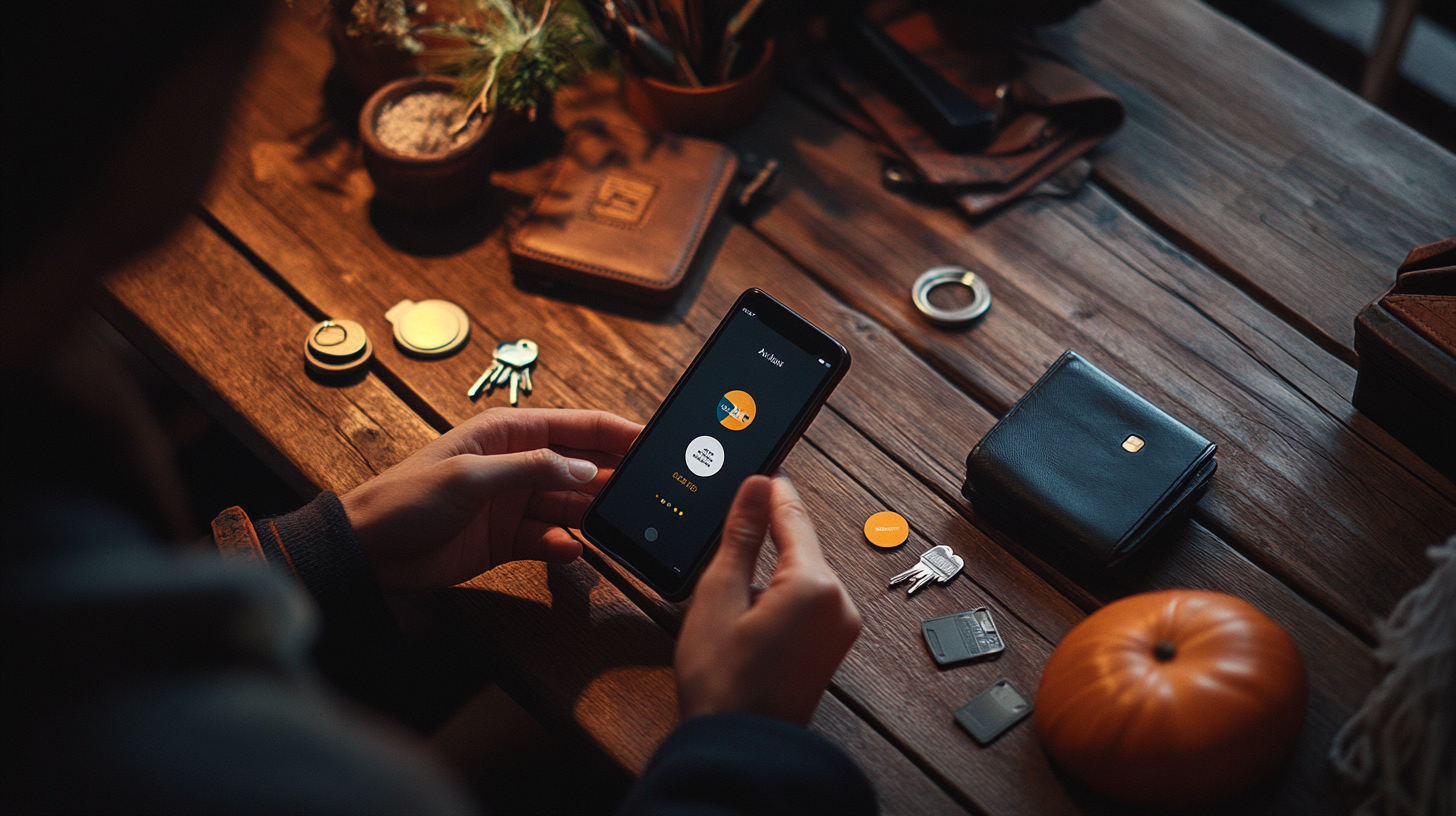
Simple Setup Process

Setting up an AirTag is straightforward and user-friendly. After unboxing, simply pull out the tab to activate the battery and bring the AirTag close to your iPhone or iPad. A setup prompt will automatically appear on your device’s screen, similar to pairing AirPods. Tap “Connect,” and you will be guided through the process of assigning a name to the AirTag (such as “Keys” or “Wallet”) or creating a custom label. This personalization helps in easily identifying the item within the Find My app. The AirTag is then linked to your Apple ID, ensuring that only you can track its location. This seamless setup process takes only a few moments, allowing you to start using your AirTag immediately. For a step-by-step guide, refer to how to set up your AirTag with iPhone .
Attaching AirTag to Items
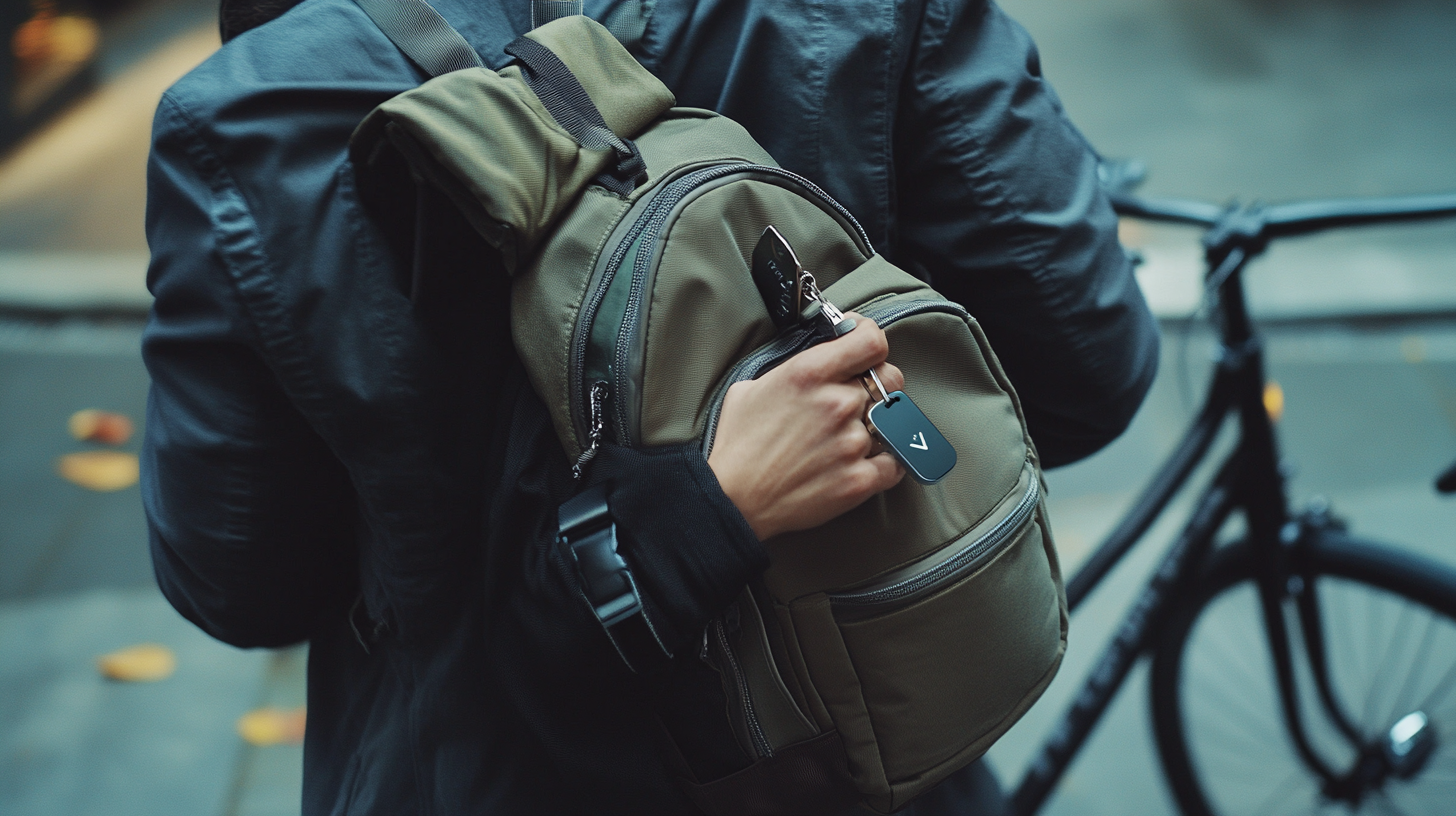
AirTags can be placed inside items like bags or attached externally using accessories. Their compact design allows for discreet placement in pockets or compartments. For items without a dedicated spot, Apple offers a variety of stylish accessories, including key rings made of leather or polyurethane, loops in vibrant colors, and even partnerships with luxury brands like Hermès for premium holders. Third-party manufacturers also provide a wide range of creative solutions, such as adhesive mounts for flat surfaces, pet collars, and bicycle mounts. Some users have even incorporated AirTags into DIY projects, embedding them into car remotes or attaching them to drones. These accessories and inventive applications enhance the versatility of the device, catering to diverse needs and preferences. For accessory options, see best AirTag accessories and holders .
Using the Find My App

Once set up, the AirTag appears in the Find My app under the Items tab. From here, users can view the AirTag’s current or last known location on a map. If the item is nearby but out of sight, users can tap “Play Sound” to trigger the AirTag’s built-in speaker, emitting a distinctive chime to help locate it audibly. For devices with UWB capability, tapping “Find” activates Precision Finding, guiding you to the item with on-screen directions and haptic feedback. If the item is missing, activating Lost Mode locks the AirTag to your Apple ID and allows you to enter a custom message and contact information. If someone finds your AirTag, they can view this information by tapping it with an NFC-enabled device, enabling them to contact you directly. Additionally, you can set notifications to alert you when the AirTag is detected by the Find My network, keeping you updated on its whereabouts. For more tips on maximizing the Find My app’s features, refer to using the Find My app effectively with AirTag .
Sharing and Collaboration Features

With the release of iOS 17, Apple introduced the ability to share AirTags with up to five people. This feature allows family members or friends to track the same item collaboratively, enhancing convenience for shared items like car keys, a family vehicle, or household devices. To share an AirTag, the owner can invite others through the Find My app by selecting the AirTag and adding contacts who also have Apple devices running the latest software. Each person in the group can view the item’s location, play a sound to locate it, and use Precision Finding if available on their device. This collaborative approach eliminates the hassle of transferring items or tracking responsibilities between individuals. It’s important to note that shared users cannot remove the AirTag or change its settings; only the owner retains full control. For detailed steps on how to share an AirTag, see sharing AirTags with family and friends in iOS 17 .
Privacy and Security Measures

End-to-End Encryption
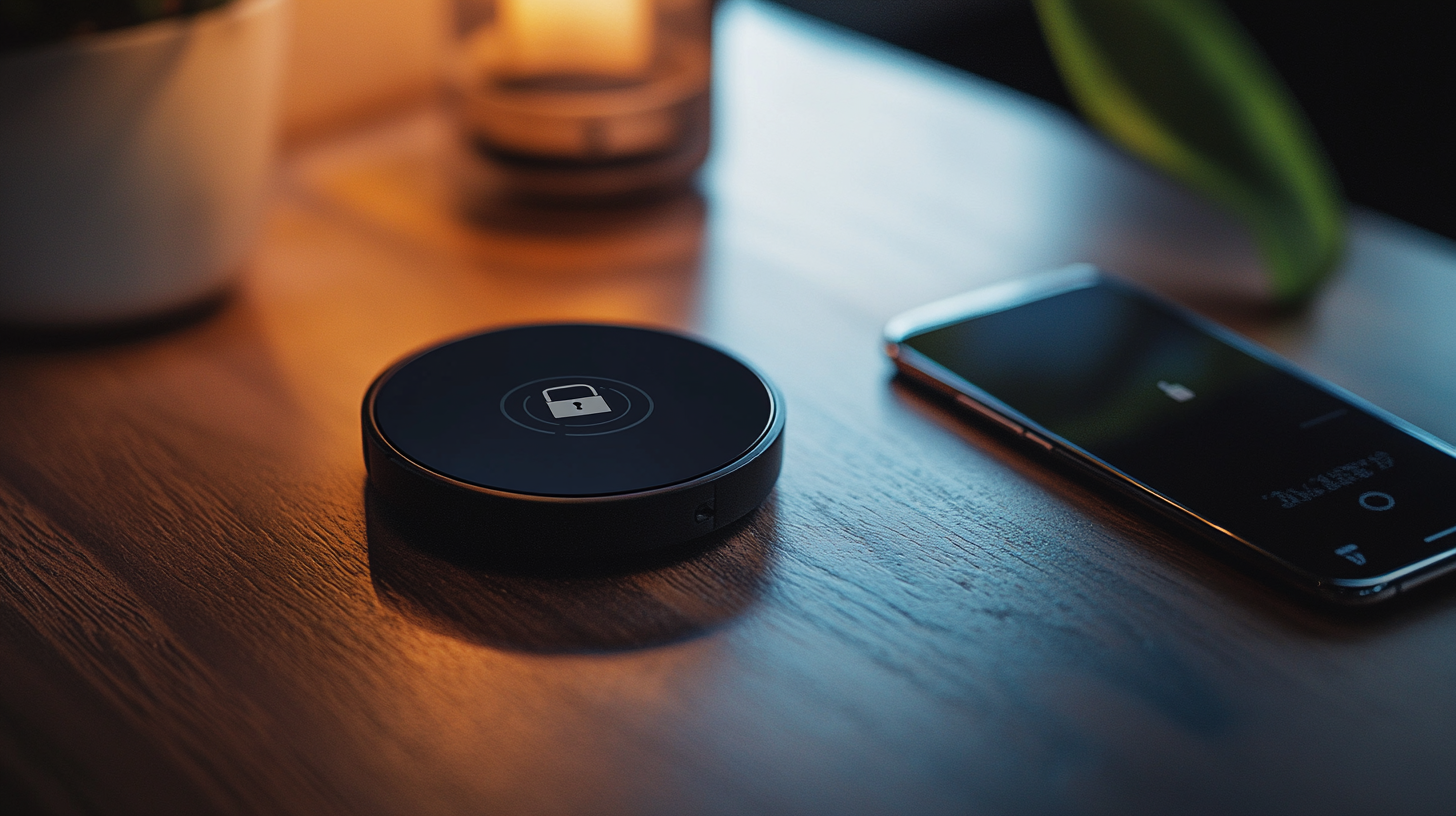
All communications within the Find My network are protected with end-to-end encryption. This robust security measure ensures that only the owner of the AirTag can see its location data, which is encrypted on the device and decrypted only on the owner’s iPhone, iPad, or Mac. Even Apple cannot access this information, as they do not hold the encryption keys. This design prevents unauthorized access and ensures that location data remains private and secure. The encrypted communication extends to devices in the Find My network that help relay the AirTag’s location; these devices do not receive any information about the AirTag’s owner or the item’s identity. This commitment to privacy is a cornerstone of the AirTag’s functionality. For more on Apple’s privacy practices, refer to understanding end-to-end encryption in Find My network .
Unwanted Tracking Prevention

Apple has implemented robust safeguards to prevent AirTags from being used to track people without their consent. If an AirTag that isn’t registered to your Apple ID is detected to be traveling with you over time, your iPhone will notify you with an “AirTag Found Moving With You” alert. Tapping on this notification provides options to disable the AirTag or learn more about it. Additionally, to protect individuals who may not have an Apple device, the AirTag will emit a sound after a random time between 8 and 24 hours of being separated from its owner, alerting anyone nearby to its presence. Apple has also released an app for Android users called “Tracker Detect,” allowing them to scan for AirTags and other Find My-enabled accessories that may be traveling with them. These features are designed to deter misuse and enhance personal security. For guidelines on what to do if you receive an unknown AirTag alert, check how to handle unknown AirTag alerts for personal safety .
Interaction with Android Devices
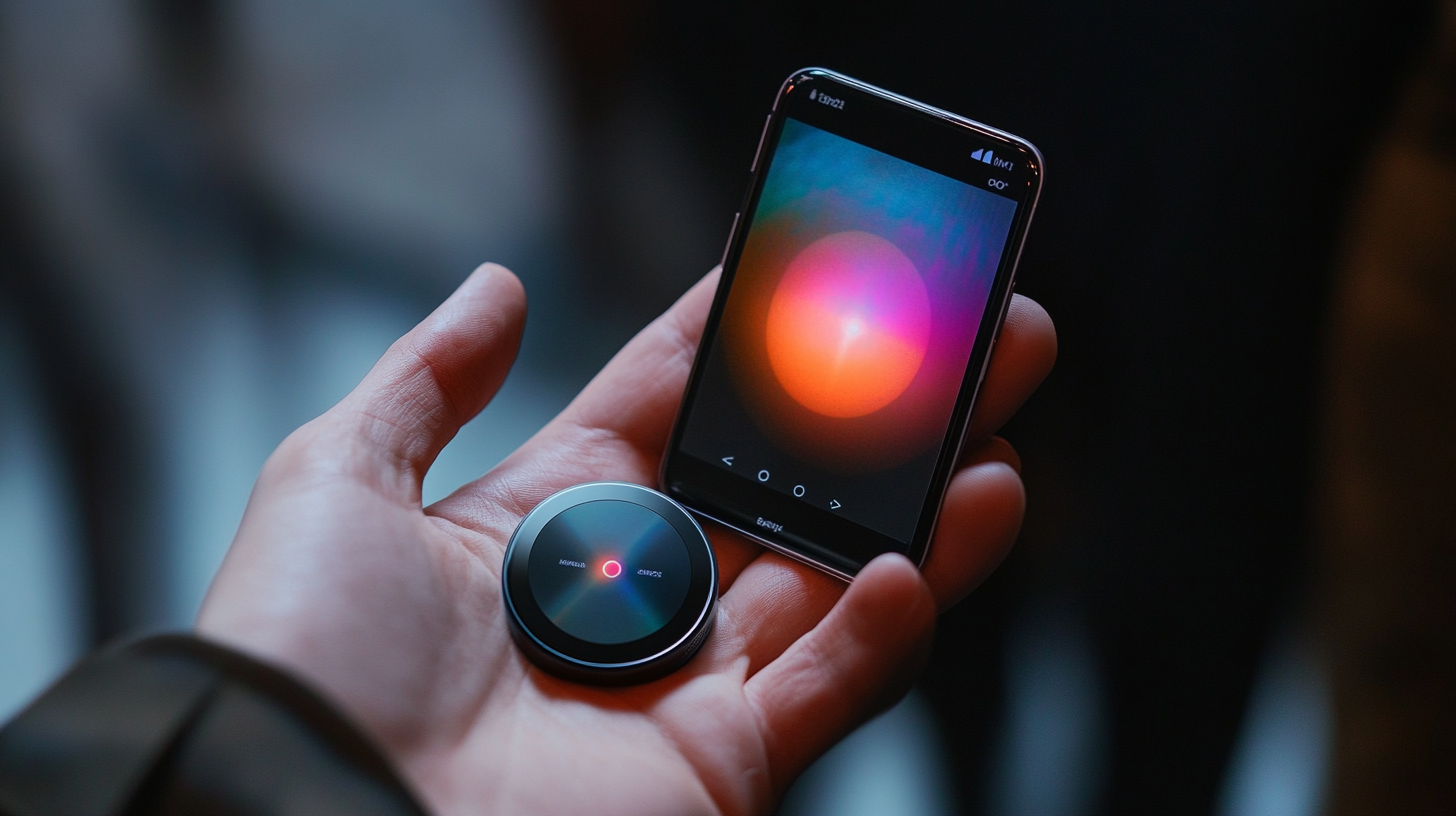
While AirTags are primarily designed to work within the Apple ecosystem, Android users are not entirely excluded from interacting with them. If an AirTag is placed in Lost Mode and found by someone with an NFC-capable Android device, they can tap the AirTag to access any Lost Mode message, including contact information provided by the owner. This allows for the return of lost items even if the finder does not use an Apple device. However, Android devices cannot be used to set up or actively track AirTags. To address privacy concerns, Apple released the “Tracker Detect” app for Android, enabling users to scan for nearby AirTags or other Find My network-enabled items that may be traveling with them without their knowledge. This app provides a basic level of protection but does not offer the full suite of features available on iOS devices. For more information on Android compatibility, see using AirTag with Android devices and Tracker Detect app .
Battery Life and Durability

Replaceable Battery
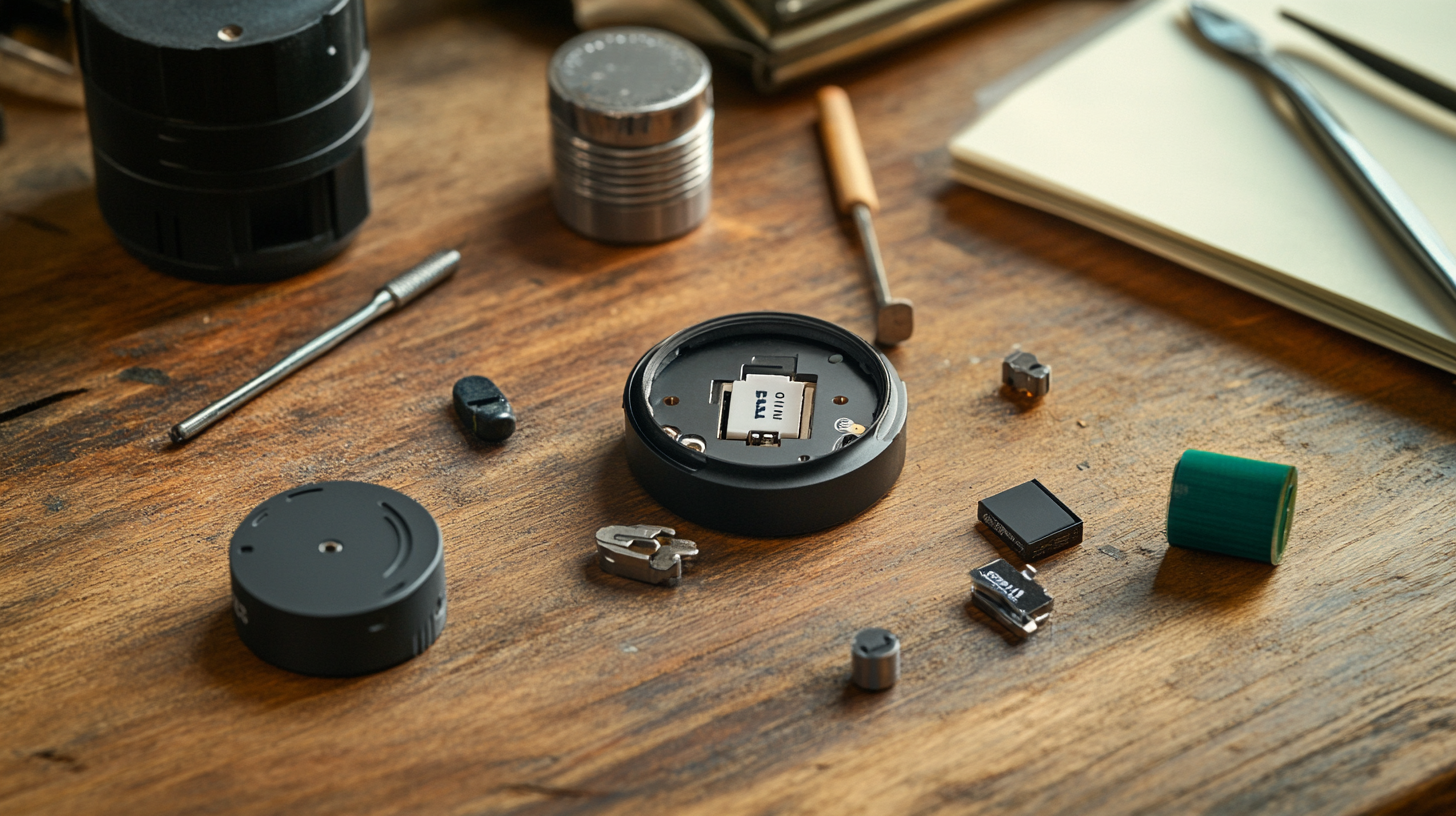
Each AirTag is powered by a standard CR2032 coin cell battery, commonly available at most electronics and convenience stores. This battery provides approximately one year of battery life under normal usage, thanks to the AirTag’s energy-efficient components. When the battery level becomes low, the Find My app will notify the user with a battery warning, ensuring ample time to obtain a replacement. Replacing the battery is a simple and tool-free process: press down and twist the stainless steel back cover counterclockwise to open the compartment, remove the old battery, and insert the new one with the positive side facing up. Reassemble by aligning the tabs and twisting the cover clockwise until it clicks. This user-friendly design eliminates the need for proprietary charging cables or service appointments. For detailed instructions and safety tips, refer to how to replace the AirTag battery safely .
Water and Dust Resistance

AirTags are rated IP67 under the IEC standard 60529 for water and dust resistance. The “6” indicates complete protection against dust ingress, ensuring that particles do not interfere with the device’s operation. The “7” signifies that the AirTag can withstand immersion in up to one meter (approximately 3.3 feet) of fresh water for up to 30 minutes. This makes the AirTag durable enough for everyday use, resistant to accidental splashes, rain exposure, and short drops into water, such as a puddle or sink. However, it’s important to note that water and dust resistance may decrease over time due to normal wear, and intentional submersion or exposure to high-pressure water should be avoided. Users should ensure that the back cover is securely fastened after battery replacement to maintain the integrity of the seal. For more details on care and handling, see maintaining AirTag’s water and dust resistance .
Pricing and Availability

AirTags are priced at $29 individually or $99 for a pack of four, offering cost savings for users looking to track multiple items. They are available for purchase through Apple’s website, Apple Stores, and authorized retailers worldwide. When buying directly from Apple, customers can take advantage of free engraving to personalize their AirTags with text or select emojis. Accessories are sold separately, allowing users to choose the options that best fit their needs and style preferences. From time to time, promotions or discounts may be available through third-party sellers or during seasonal sales events, providing opportunities for additional savings. For the latest pricing and availability, it’s recommended to check current AirTag pricing and purchasing options .
Personalization and Accessories
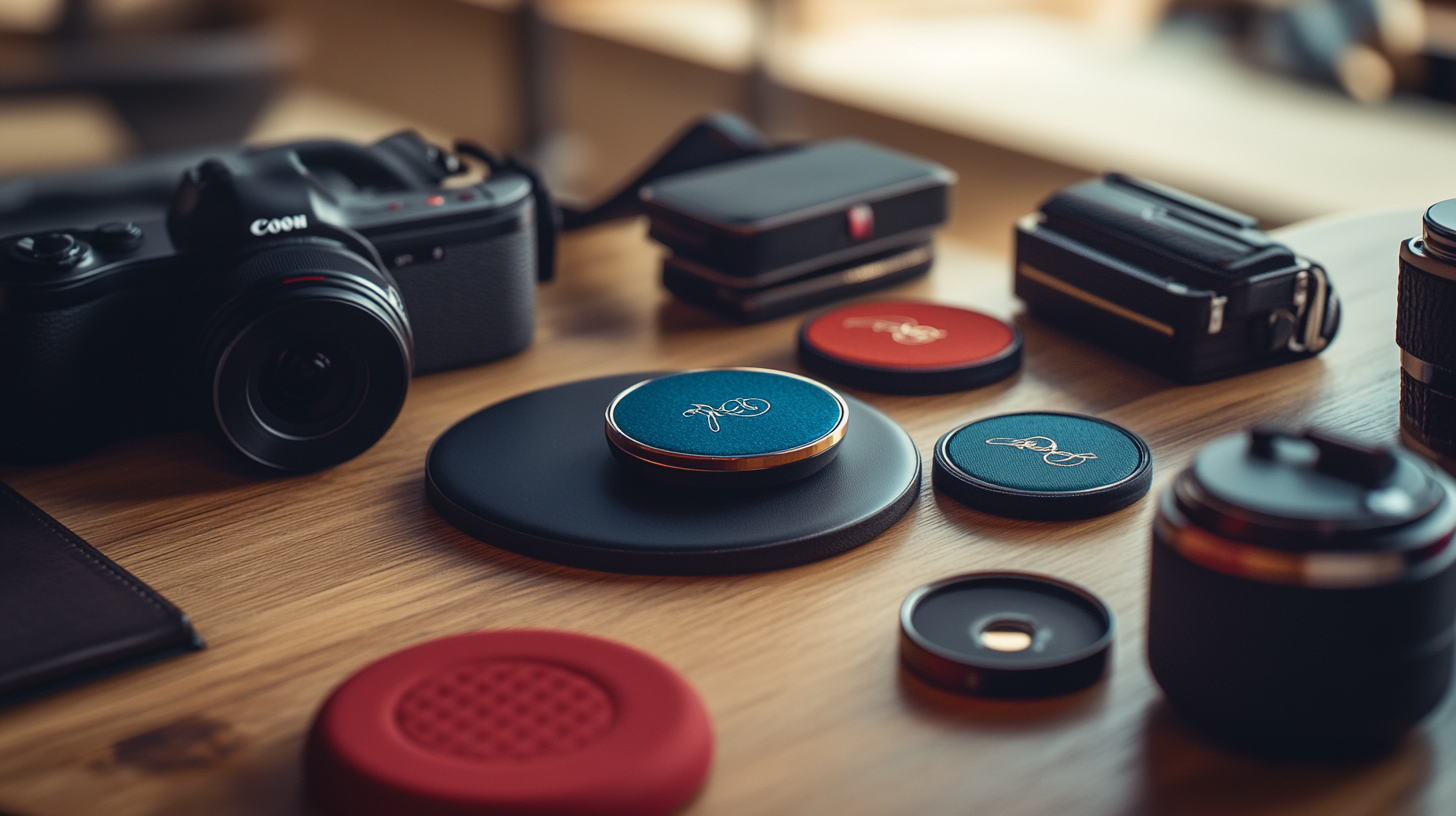
Apple offers customization options for AirTags, including free engraving when purchasing directly from Apple. Customers can choose from a selection of text, numbers, and a wide array of emojis to make each AirTag uniquely theirs. This personalization adds a touch of individuality and can help distinguish between multiple AirTags in use.
A variety of accessories are available to suit different attachment needs and personal styles. Apple’s own range includes key rings, loops, and luggage tags crafted from high-quality materials like leather and polyurethane. Collaborations with luxury brands, such as Hermès, offer premium accessories featuring fine leather craftsmanship and exclusive designs.
Third-party manufacturers expand the accessory ecosystem even further, providing an assortment of creative solutions like rugged cases for outdoor activities, adhesive mounts for discreet placement, and pet collars to keep track of furry companions. These accessories enhance the functionality and aesthetic appeal of the AirTag, catering to diverse preferences and use cases. For a curated list of popular accessories, consider browsing top AirTag accessories for every need .
Use Cases for AirTag
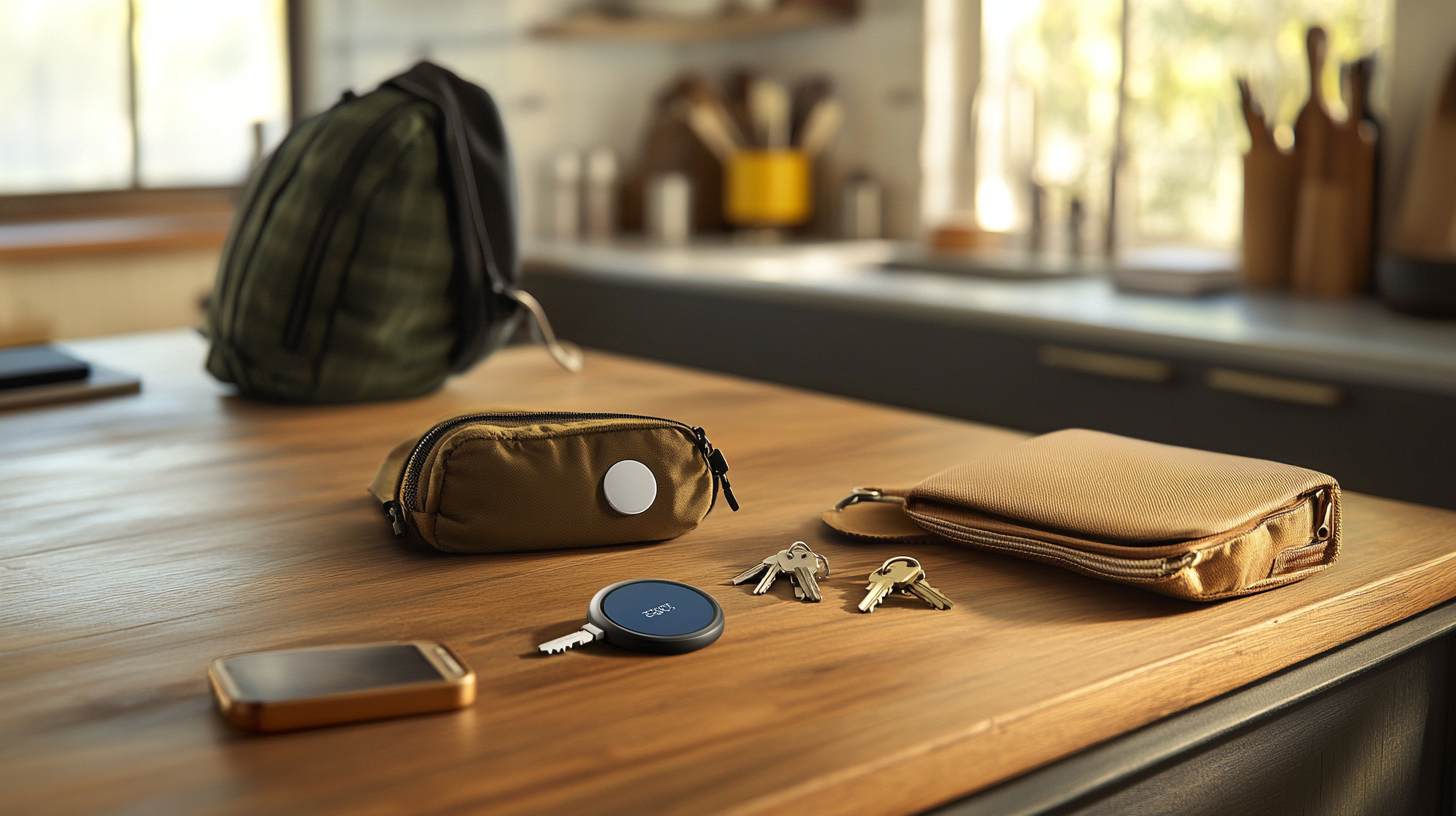
Tracking Everyday Items

AirTags are ideal for keeping tabs on frequently misplaced items like keys, wallets, and backpacks. In the hustle of daily life, it’s common to misplace such essentials around the home or office. Attaching an AirTag to these items allows users to locate them quickly using the Find My app. For example, if you’re about to leave for work but can’t find your car keys, you can use Precision Finding to navigate directly to them, saving valuable time. Parents can place AirTags in children’s school bags to ensure they have their belongings, and students can keep track of important items like laptops or notebooks. The convenience of instant location tracking reduces frustration and enhances organization in everyday routines. For creative ideas on how to use AirTags, check out innovative ways to utilize AirTags in daily life .
Travel and Luggage

Travelers can place an AirTag inside their checked luggage to monitor its location throughout their journey. With the unpredictability of air travel, knowing the whereabouts of your bags can provide significant peace of mind. If your luggage doesn’t arrive at the destination airport, you can check the Find My app to see if it was left behind or sent to the wrong location. This information can be invaluable when communicating with airline staff to expedite the recovery process. Some users have reported that being able to provide precise location details has led to faster resolutions of lost baggage cases. It’s important to note that while AirTags are allowed in checked luggage, always comply with airline regulations regarding electronic devices. For tips on traveling with AirTags, refer to using AirTags for luggage tracking while traveling .
Theft Deterrent
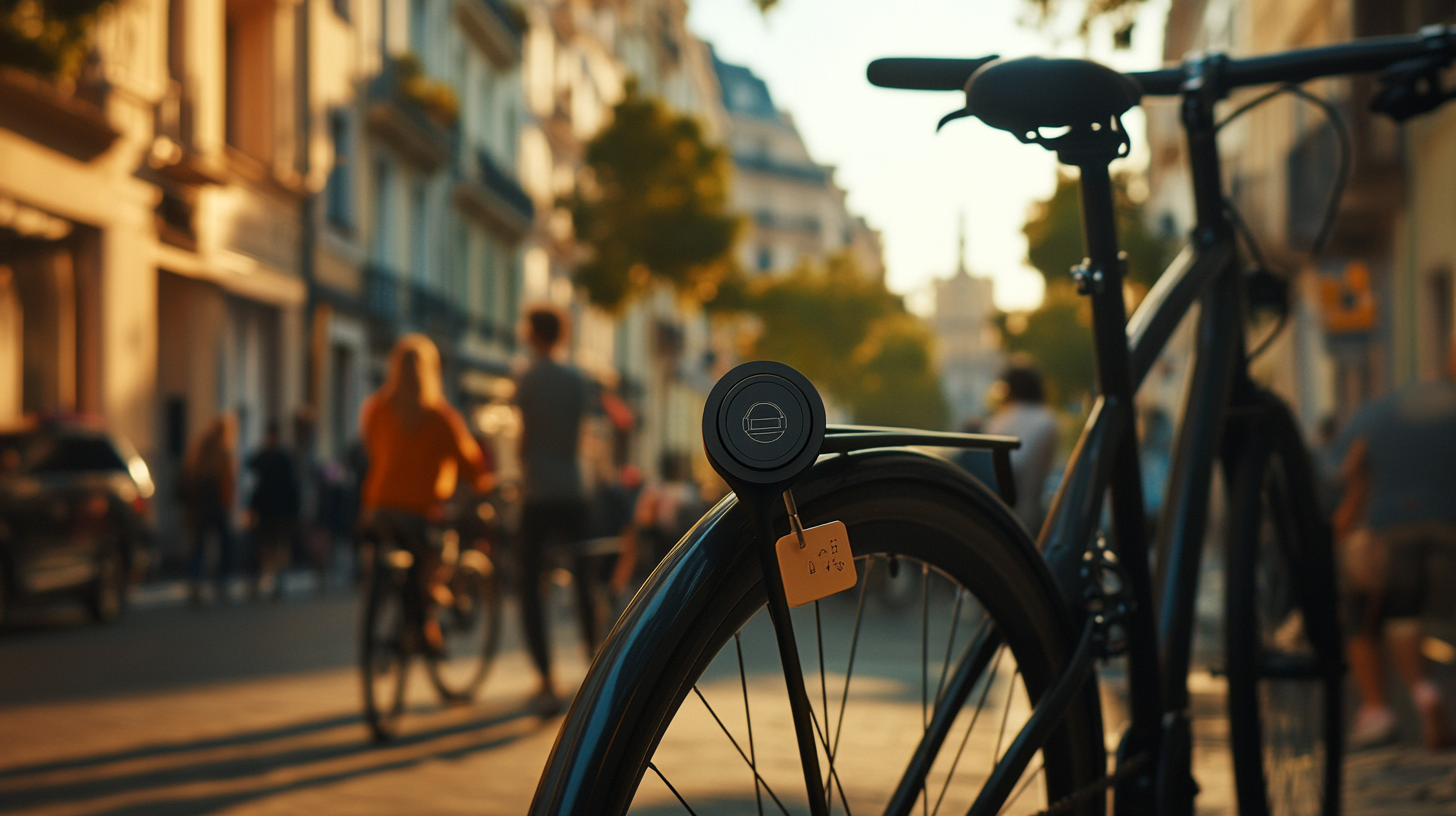
While not a security device, an AirTag hidden within valuable items like bicycles, cameras, or vehicles can aid in recovery efforts if the item is stolen. The widespread coverage of the Find My network increases the chances of locating the lost or stolen item by anonymously pinging nearby Apple devices. However, it’s important to exercise caution and consider legal and safety implications. If an AirTag leads you to the location of a stolen item, it’s advisable to involve law enforcement rather than attempting to retrieve it yourself. Additionally, the use of AirTags for tracking individuals without consent is prohibited and countered by Apple’s anti-stalking measures. For responsible usage guidelines, consult best practices for using AirTags in theft recovery .
Limitations and Considerations
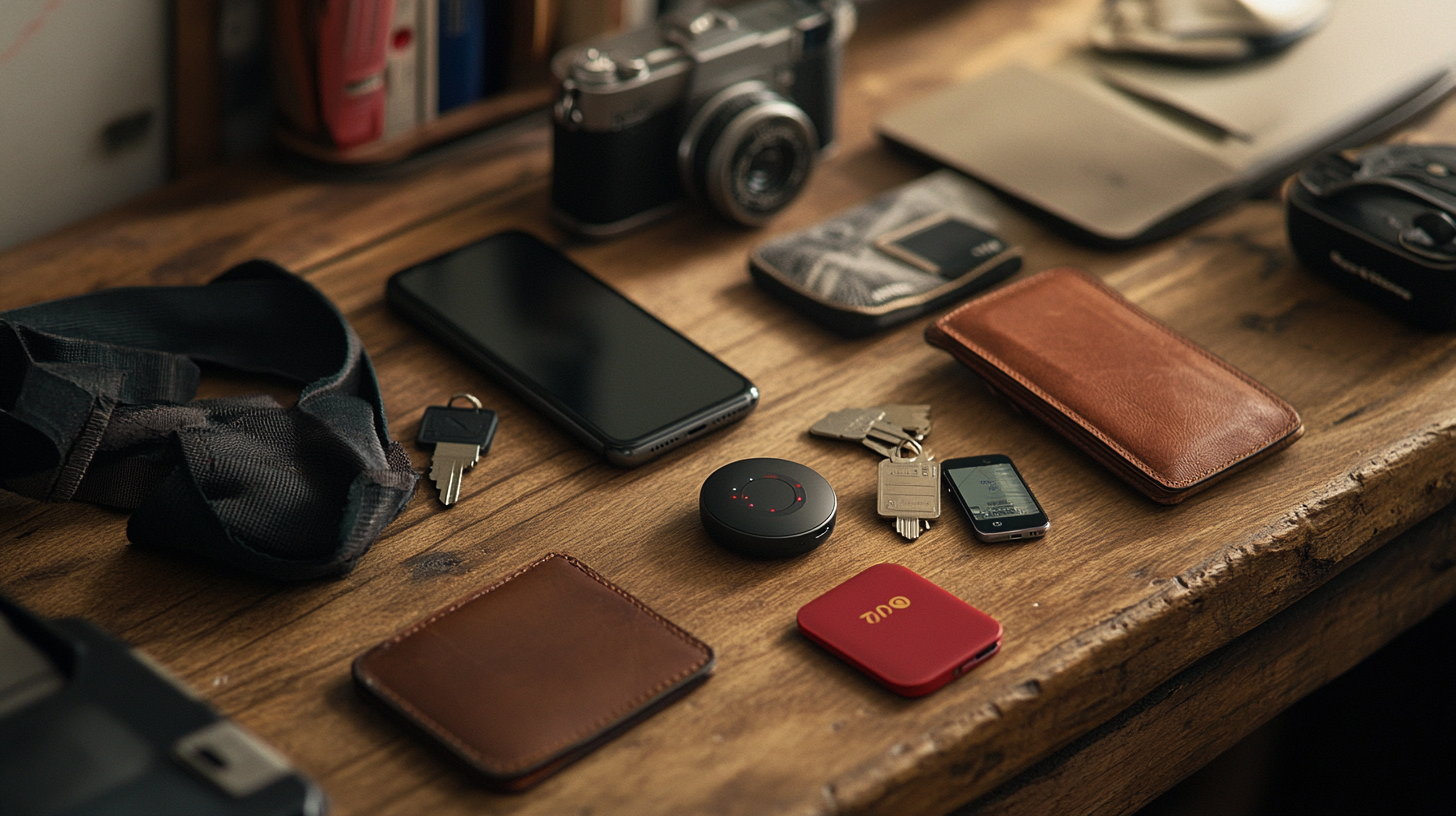
Apple Ecosystem Requirement

To set up and use an AirTag, an Apple device running iOS 14.5 or later or iPadOS 14.5 or later is required. This includes iPhone, iPad, or iPod Touch models that support these software versions. Users fully outside the Apple ecosystem will not be able to set up AirTags or access the full range of features, such as Precision Finding and the Find My app’s functionalities. While Android users can interact with AirTags in limited ways, they cannot enjoy the seamless integration and advanced features available to Apple device users. For similar functionality on Android devices, alternatives like Tile trackers or Samsung’s SmartTag may be considered, though they may not offer the same level of network coverage as Apple’s Find My network. For a comparison of tracking devices across platforms, see comparing AirTag with other item trackers .
Device Compatibility

AirTag is compatible with a range of Apple devices. To set up and track AirTags, you’ll need an iPhone, iPad, or iPod Touch running iOS or iPadOS 14.5 or later. Specifically, AirTag works with iPhone models from the iPhone 6s onward. However, the Precision Finding feature requires an iPhone equipped with the U1 chip, which includes the iPhone 11, iPhone 12, iPhone 13, and later models. This chip enables Ultra Wideband communication necessary for the precise, directional guidance provided by Precision Finding.
Older devices can still track AirTags using the Find My app, view their location on a map, play sounds, and receive notifications, but won’t support the precision location guidance. Users with older devices may experience limitations in proximity-based features, relying more on auditory cues and general location information. For detailed compatibility information, refer to AirTag device compatibility and requirements .
Final Thoughts
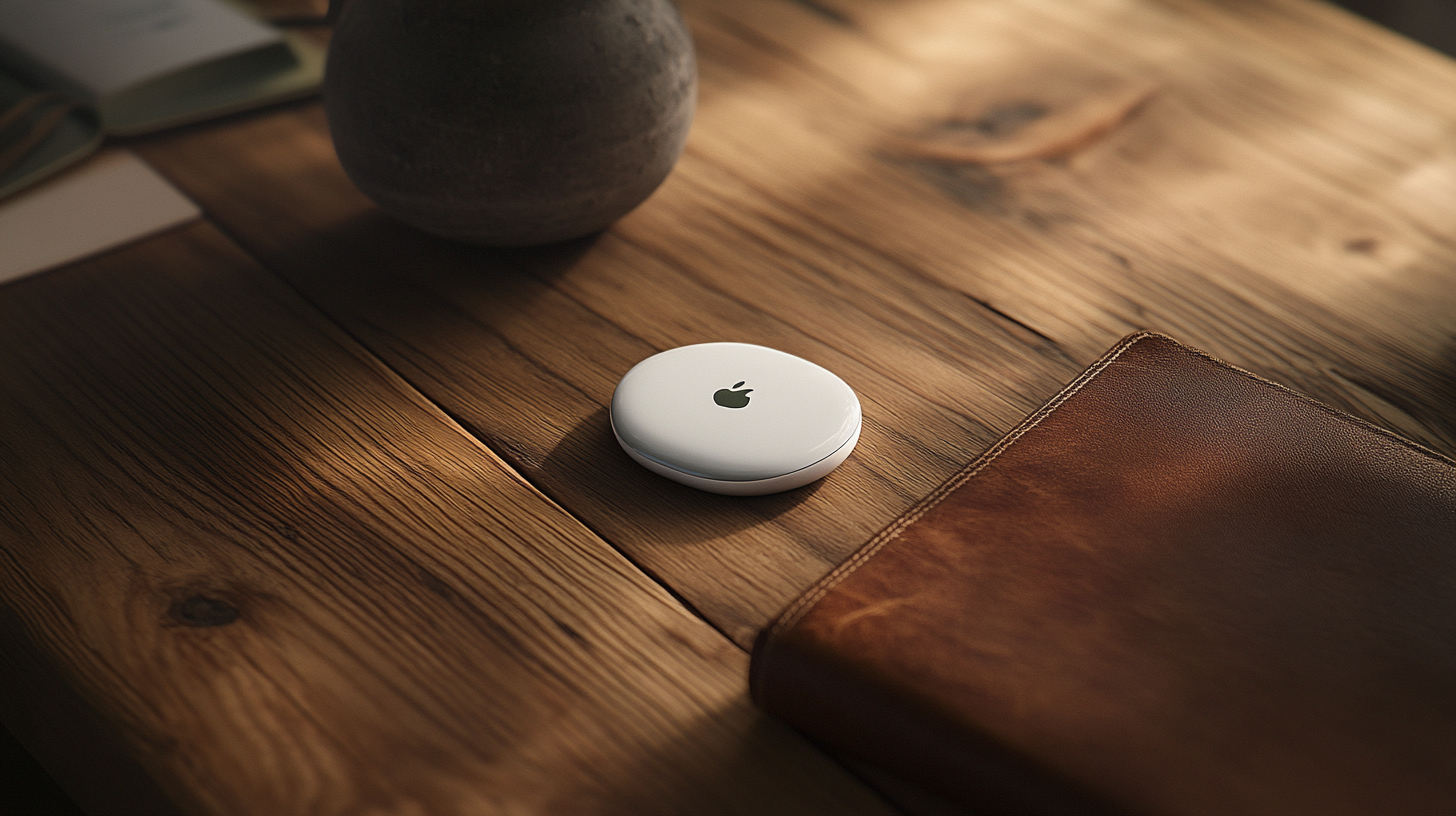
Apple’s AirTag offers a sleek and effective solution for tracking personal items, leveraging advanced technology and the expansive Find My network. By combining user-friendly features with robust privacy and security measures, AirTag provides peace of mind for those prone to misplacing belongings or seeking to keep a closer eye on their valuables. Its seamless integration with the Apple ecosystem ensures that it not only works efficiently but also enhances the overall user experience.
Whether you’re looking to prevent everyday inconveniences or add an extra layer of security to your important possessions, AirTag’s thoughtful design and innovative technology make it a valuable addition for any Apple user. As technology continues to evolve, devices like the AirTag represent the strides being made towards simplifying and safeguarding our daily lives.
Follow us back to Seat 5A for more insights and updates.






